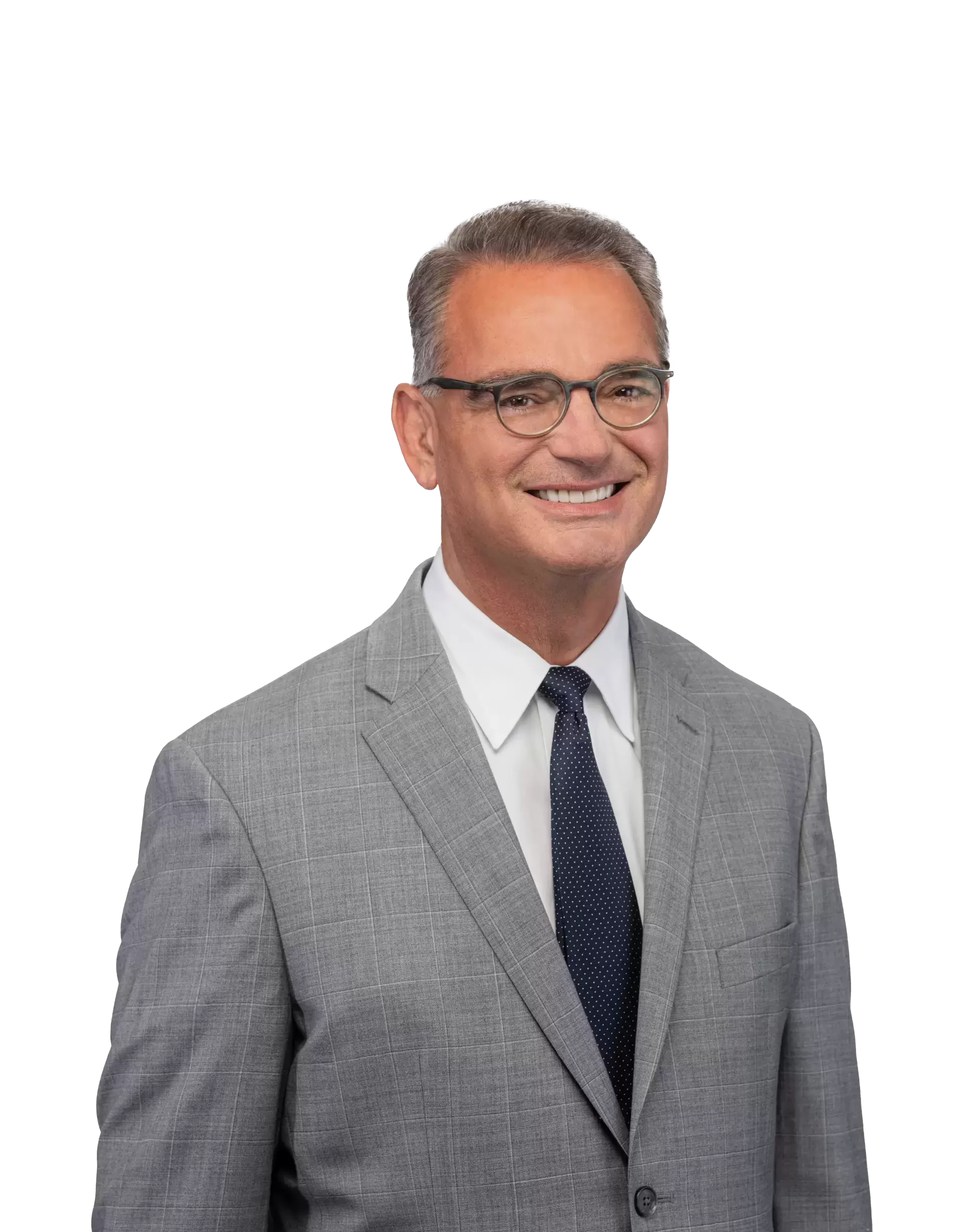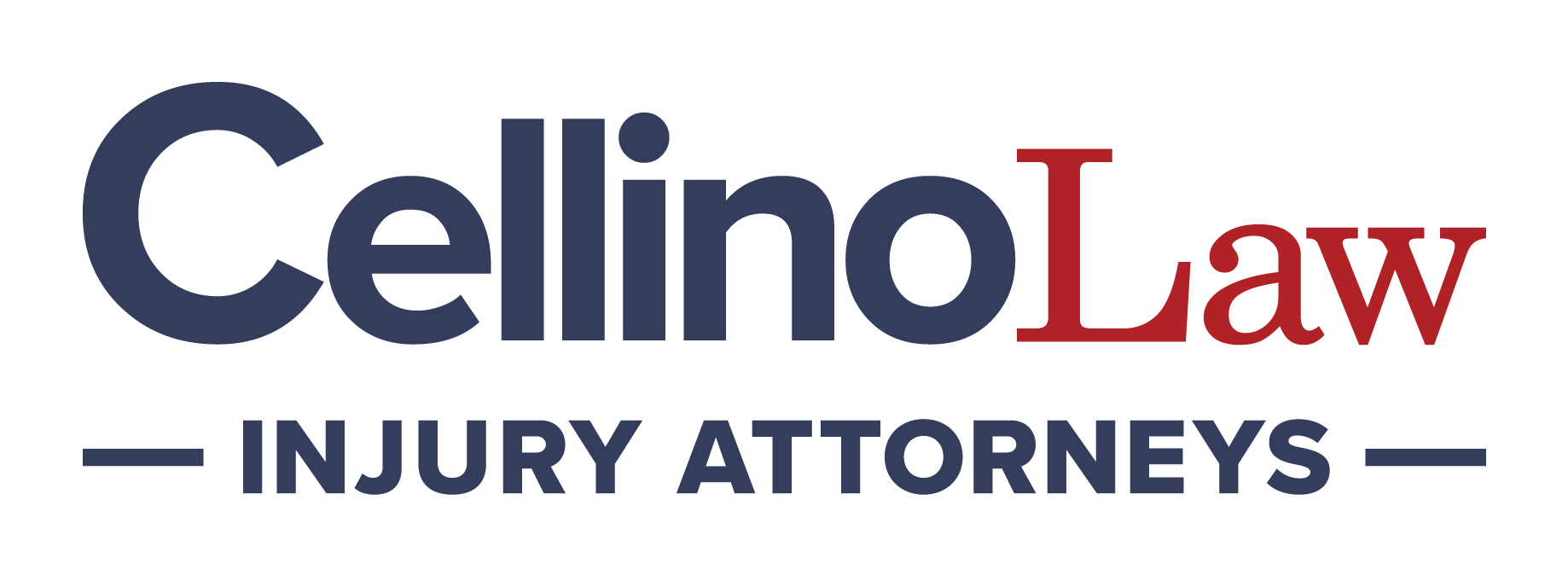 September 13, 2024
|
Reading Time: 7 min
September 13, 2024
|
Reading Time: 7 min
Car accidents can turn lives upside down in an instant, leaving victims with physical injuries, emotional trauma, and financial burdens. For those involved in car accidents in Buffalo, NY, understanding how to navigate the claims process is essential to securing the compensation needed to recover. Whether the accident was a minor fender bender or a more serious collision, knowing your rights and responsibilities can make a significant difference in the outcome of your case.
1. Immediate Steps to Take After a Car Accident
What you do in the moments following a car accident are critical for ensuring both your safety and the strength of your potential claim. If you’re injured, prioritize getting medical attention immediately. However, if you’re able to, follow these key steps right after the accident:
Ensure Safety and Call 911
First and foremost, ensure that you and anyone else involved in the accident are safe. Move vehicles to a safe location if possible and call 911 to report the accident. The police will document the scene and create an official report, which will be a valuable piece of evidence in your insurance claim.
Gather Evidence at the Scene
If you’re physically able, gather evidence at the accident scene. Take photos of the damage to both vehicles, road conditions, traffic signs, skid marks, and any visible injuries. Also, collect contact information from the other driver, witnesses, and anyone else involved. Getting a copy of the other driver’s insurance information is essential, as well as noting the make, model, and license plate of their vehicle.
Seek Medical Attention
Even if you feel fine initially, some injuries, such as whiplash or internal bleeding, can take hours or even days to manifest. Get medical attention as soon as possible and keep detailed records of all treatments, prescriptions, and medical bills. These will serve as evidence in your claim.
2. Understanding New York’s No-Fault Insurance System
New York operates under a no-fault insurance system, which means that after a car accident, your own insurance company is responsible for covering your medical expenses and lost wages, regardless of who caused the accident. This is designed to ensure that accident victims get quick access to compensation without having to prove fault. However, the no-fault system only covers certain expenses.
What No-Fault Insurance Covers
In New York, no-fault insurance, also called Personal Injury Protection (PIP), typically covers the following:
- Medical expenses related to the accident (hospital stays, surgeries, therapy, etc.)
- Lost wages, up to 80% of your income or a maximum of $2,000 per month for up to three years
- Reasonable transportation costs to receive medical care
- Other reasonable expenses resulting from the injury (e.g., household help if you’re incapacitated)
However, no-fault insurance does not cover property damage or pain and suffering. For these, you will need to file a separate claim against the at-fault driver.
Filing a No-Fault Claim
In Buffalo, you must file a no-fault insurance claim within 30 days of the accident to ensure coverage. You will need to provide evidence of your injuries and medical treatments, as well as proof of lost wages if applicable. Failure to meet the deadline can result in denial of benefits.
3. Determining Fault in a Buffalo Car Accident
While New York is a no-fault state, determining who is at fault is still important when it comes to recovering damages for pain and suffering, as well as property damage. If your injuries are severe enough to meet the state’s serious injury threshold, or if you need to recover damages to your vehicle, you will need to prove that the other driver was at fault.
New York’s Serious Injury Threshold
In order to sue the at-fault driver for pain and suffering, you must meet New York’s serious injury threshold. This means your injuries must fit into one of the following categories:
- Death
- Dismemberment
- Fractures
- Loss of a fetus
- Significant disfigurement
- Permanent loss or limitation of use of a body part or organ
- An injury that prevents you from performing daily activities for at least 90 of the first 180 days after the accident
Collecting Evidence of Fault
To determine fault, you will need to gather evidence that shows the other driver was responsible for the accident. This may include:
- The police report, which often indicates which driver the responding officer believes was at fault
- Witness statements from people who saw the accident
- Traffic camera footage, if available
- Photographs of the accident scene, vehicle damage, and any injuries
In some cases, it may be necessary to work with accident reconstruction experts to prove fault, especially if the accident was complex.
4. Filing a Claim for Property Damage
In addition to seeking compensation for medical expenses and lost wages, you can also file a claim for property damage caused by the accident. This typically includes damage to your vehicle, but may also include damage to other personal property, such as electronics, clothing, or other items that were in your car at the time of the accident.
Who Pays for Property Damage?
Unlike medical expenses, which are covered by no-fault insurance, property damage claims are filed against the at-fault driver’s liability insurance. If the other driver was at fault, their insurance should cover the cost of repairs or replacement of your vehicle. If the other driver does not have insurance, you may be able to file a claim under your own uninsured motorist coverage if you have it.
Repairing or Replacing Your Vehicle
After an accident, your car will be inspected to determine the cost of repairs or whether it is considered a total loss. If your car is totaled, you will be paid the actual cash value of your car, which is the market value minus depreciation.
5. Dealing With Insurance Companies
Filing a claim for compensation after a car accident involves negotiating with insurance companies, which are primarily concerned with protecting their own interests. The other driver’s insurance company may try to minimize the amount they pay or deny your claim altogether. Here are some key strategies for dealing with insurance companies:
- Be cautious with your statements: When speaking to an insurance adjuster, stick to the facts and avoid admitting fault or downplaying your injuries.
- Don’t accept the first offer: Insurance companies often offer low initial settlements in the hope that claimants will accept. Be prepared to negotiate.
- Document everything: Keep detailed records of all communications with the insurance company, including emails, phone calls, and letters.
6. When to Hire a Personal Injury Attorney
In some cases, dealing with insurance companies and navigating the legal complexities of a car accident claim can become overwhelming, especially if your injuries are serious or the other driver is disputing fault. If this happens, it may be in your best interest to hire a personal injury attorney to handle your claim.
How a Lawyer Can Help
An experienced Buffalo car accident attorney can help in several ways:
- Evaluate your case to determine the value of your claim and ensure you are seeking fair compensation.
- Negotiate with the insurance companies on your behalf, taking the pressure off you while you recover.
- File a lawsuit if necessary, to pursue damages for pain and suffering, emotional distress, and other losses not covered by no-fault insurance.
Hiring an attorney is particularly important if you’ve suffered a serious injury or if the insurance company is denying your claim or offering an unfair settlement.
Cellino Law Is Here to Help
Car accidents are stressful and can lead to long-lasting consequences for those involved. Understanding how to navigate the claims process can make the difference between a quick recovery and a prolonged battle with insurance companies. By following the steps outlined in this guide, you can take control of your car accident claim and work toward securing the compensation you deserve.
If you need help with your claim, consider contacting an experienced personal injury attorney, like those at Cellino Law, to ensure your rights are protected. For a free case consultation with a member of our legal team, call us at 888-888-8888.

Content checked by the personal injury attorney Ross Cellino. As a family man and a trial attorney, I pride myself on winning cases and serving the community. With over 35 years of experience, I understand the function of a jury, how juries arrive at conclusions, and the role that the jury plays in administering justice. I know how to win cases. You can find us in Manhattan, Buffalo, Melville, Rochester, Brooklyn, The Bronx, Queens and other locations throughout New York.

